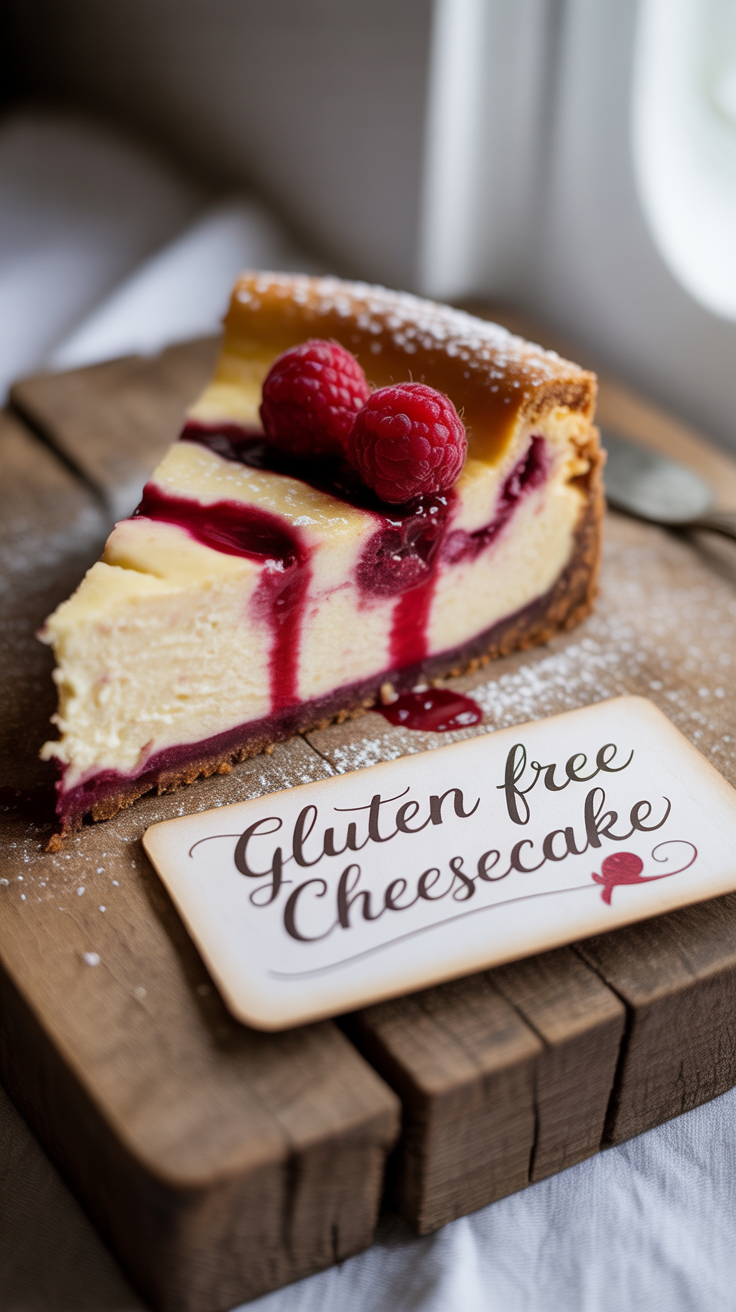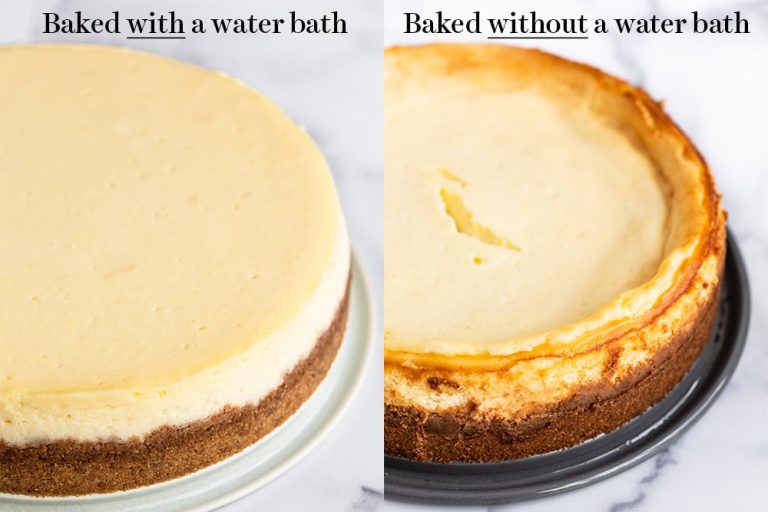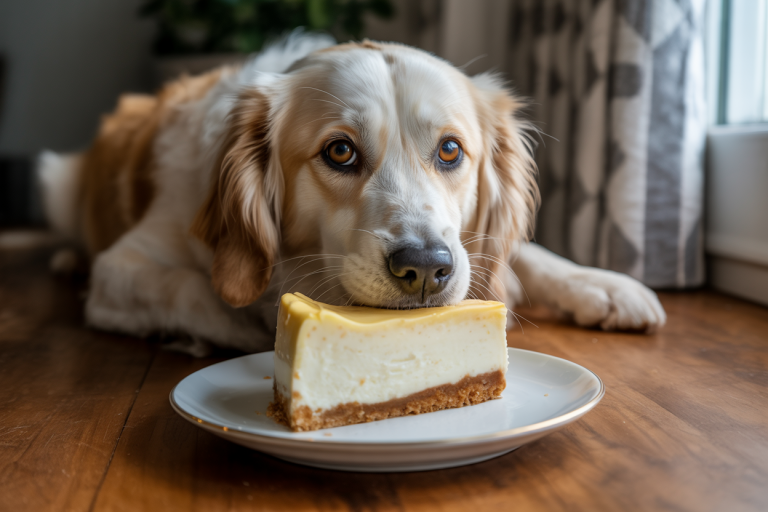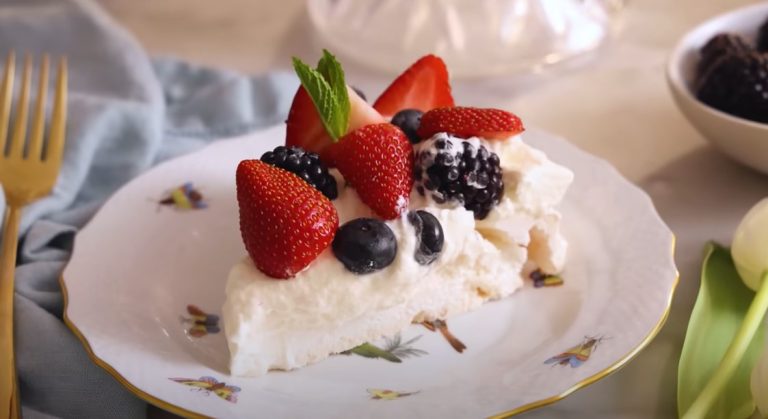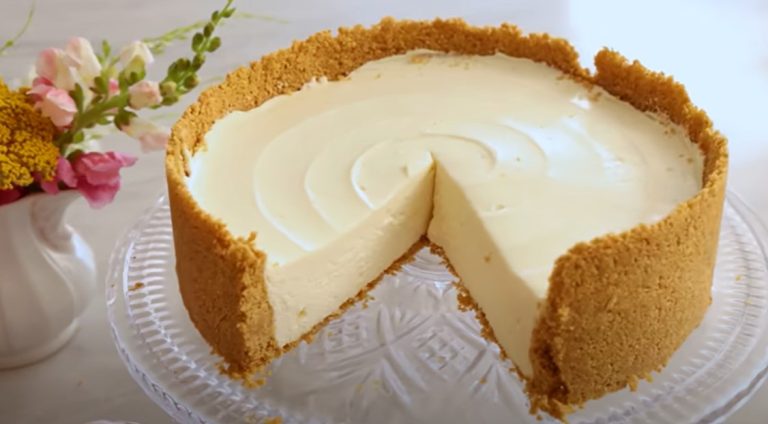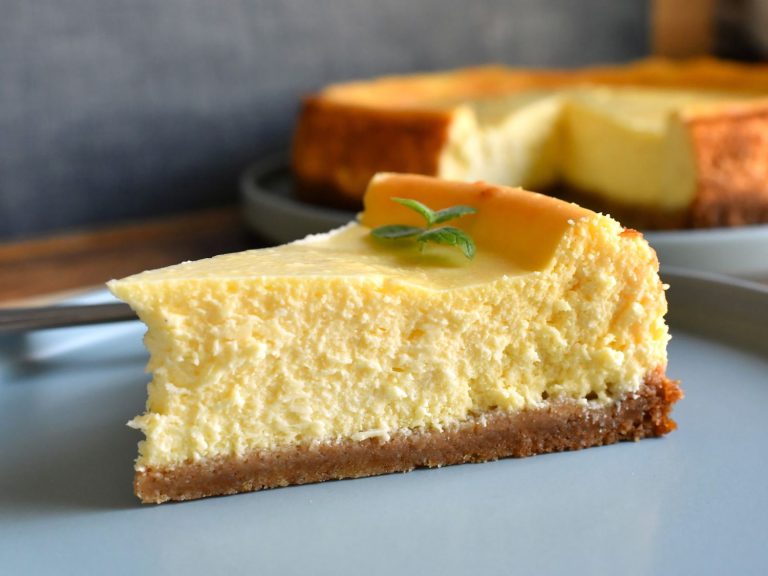Is Cheesecake Gluten Free? Everything You Need to Know
If you’re wondering, “Is cheesecake gluten free?” the answer depends on the recipe and ingredients used. Plain cheesecake filling is naturally gluten free, but traditional cheesecake almost always has a crust made from gluten-containing ingredients like graham crackers or cookies. Therefore, whether cheesecake is gluten free hinges largely on the crust.
Cheesecake is a beloved dessert featuring a creamy, smooth filling made primarily from cream cheese, eggs, sugar, and sometimes sour cream or heavy cream. This filling itself contains no gluten. However, the classic cheesecake includes a base or crust often made from crushed graham crackers or cookies mixed with butter. Since graham crackers and most cookies contain wheat flour, they have gluten, which makes traditional cheesecake not gluten free.
Fortunately, gluten-free cheesecake options exist and are becoming increasingly popular. Many recipes substitute the crust with gluten-free alternatives like almond flour, gluten-free cookies, or crushed nuts, making the entire dessert safe for people with gluten intolerance or celiac disease. Understanding these variations is key for anyone avoiding gluten but craving this delicious treat.
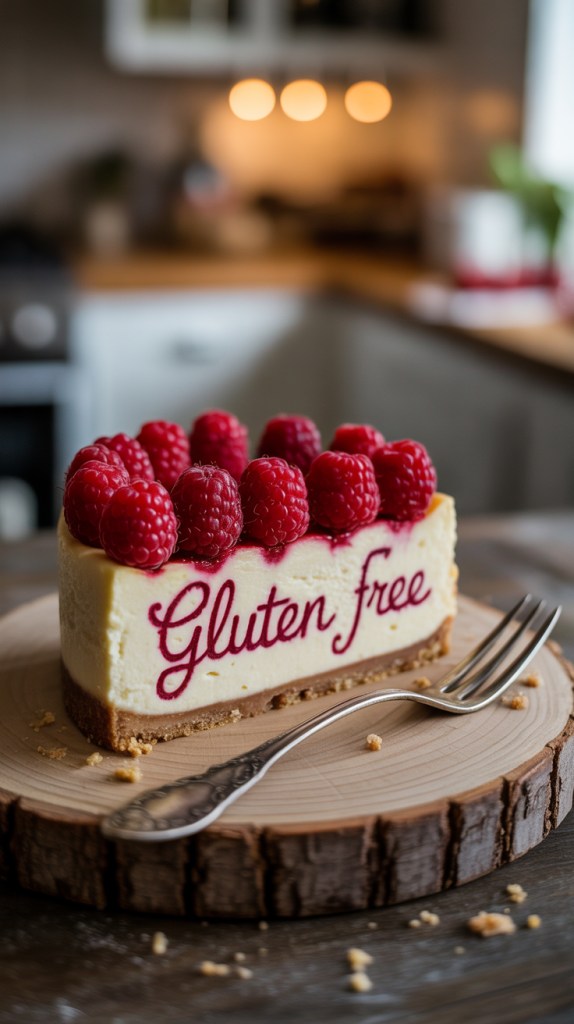
What Is Gluten?
Gluten is a group of proteins found primarily in wheat, barley, rye, and their derivatives. It acts like a glue, giving dough its elasticity, chewiness, and structure. When flour from these grains is mixed with water, gluten proteins form a stretchy network that helps bread and other baked goods rise and keep their shape.
For most people, gluten is harmless and a common part of their diet. However, some individuals have gluten-related disorders, such as celiac disease, non-celiac gluten sensitivity, or wheat allergy, which means they must avoid gluten to prevent symptoms ranging from digestive upset to more serious health problems.
Because gluten is present in many everyday foods—like bread, pasta, cereals, and baked goods—those with gluten intolerance must be vigilant about ingredient labels and food preparation.
In the context of cheesecake, gluten is not found in the creamy filling but is usually present in the crust, which often contains wheat-based ingredients like graham crackers or cookies.
Is Cheesecake Gluten Free?
Cheesecake itself, specifically the creamy filling, is naturally gluten free because its primary ingredients—cream cheese, eggs, sugar, and dairy—do not contain gluten. Gluten is a protein found in wheat, barley, rye, and their derivatives, so foods made without these grains are gluten free.
The problem arises with the crust, which is a common feature in many cheesecake recipes. The traditional crust is usually made from crushed graham crackers or cookies, both of which typically contain gluten. Graham crackers are made with wheat flour, which has gluten, so the crust becomes a source of gluten in the dessert.
For people with celiac disease or gluten intolerance, consuming gluten even in small amounts can trigger symptoms ranging from digestive discomfort to more severe health issues. This makes it important to verify the ingredients in cheesecake before eating or serving it.
Gluten-Free Cheesecake Options
Luckily, gluten-free cheesecake has become widely available both in stores and homemade recipes. Gluten-free crust alternatives include:
- Almond flour crusts: Made from ground almonds mixed with butter and sweeteners.
- Gluten-free cookie crusts: Made from certified gluten-free cookies or crackers.
- Nut and seed crusts: Using crushed nuts like pecans, walnuts, or seeds combined with honey or butter.
These crust alternatives allow those avoiding gluten to enjoy cheesecake without worry. The filling remains the same, creamy, and delicious.
Sure! Here’s a detailed section on the Advantages and Disadvantages of Gluten-Free Cheesecake that you can add to your article:
Advantages and Disadvantages
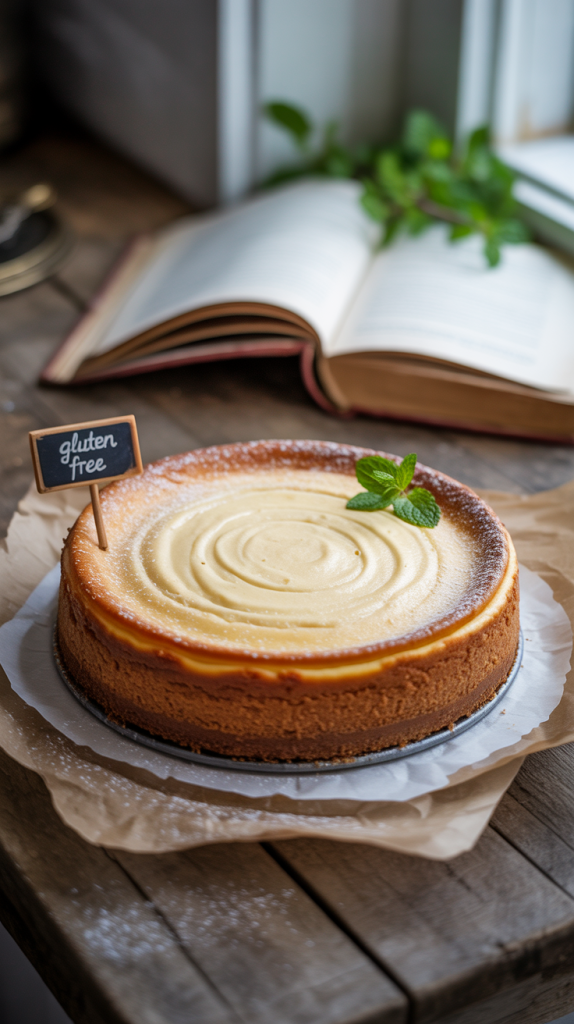
Advantages
- Safe for People with Gluten Intolerance or Celiac Disease
Gluten-free cheesecake is a safe dessert option for individuals with celiac disease or gluten sensitivity. Removing gluten-containing crusts prevents adverse reactions like stomach pain, bloating, and other symptoms. - Suitable for Gluten-Free Diets
Many people choose gluten-free diets for health or lifestyle reasons. Gluten-free cheesecake fits perfectly into these plans without compromising on taste or texture. - Variety of Crust Options
Gluten-free cheesecakes often use diverse crust ingredients such as almond flour, crushed nuts, or gluten-free cookies, which can add interesting flavors and textures that traditional crusts don’t offer. - Increasing Availability
Due to rising awareness and demand, gluten-free cheesecake is more widely available in stores and restaurants, making it easier to enjoy without special preparation.
Disadvantages
- Texture Differences
Gluten-free crusts can have a different texture and may not mimic the classic crumbly and chewy feel of traditional graham cracker crusts. Some may find the texture less satisfying. - Cost
Gluten-free ingredients like almond flour or specialty gluten-free cookies tend to be more expensive than regular wheat-based products, which can increase the overall cost of making gluten-free cheesecake. - Cross-Contamination Risk
Even labeled gluten-free products may sometimes be exposed to gluten during processing or preparation, so there is always a risk of contamination for those with severe gluten allergies. - Limited Variety in Some Areas
Not all bakeries or stores stock gluten-free cheesecake, especially in smaller towns or less populated regions, making it harder to find without baking at home. - Potential Changes in Flavor
Some gluten-free crust alternatives may alter the overall flavor profile of the cheesecake, which might not appeal to purists who prefer the classic taste.
Cross-Contamination and Eating Out
Even if a cheesecake is labeled gluten free, cross-contamination in kitchens or production facilities can pose risks. If you have severe gluten intolerance or celiac disease, always check with the restaurant or bakery about their gluten-free practices.
At home, using gluten-free labeled ingredients and avoiding contamination from gluten-containing products is essential to ensure the cheesecake remains safe.
FAQs About Cheesecake and Gluten
1. Can people with celiac disease eat cheesecake?
They can enjoy cheesecake if it has a gluten-free crust or no crust at all. Always verify ingredients and avoid cross-contamination.
2. Is the cheesecake filling gluten free?
Yes, the cheesecake filling is typically gluten free since it contains no wheat or gluten-containing ingredients.
3. How can I make cheesecake gluten free at home?
Use gluten-free crust options such as almond flour or gluten-free cookies, and make sure all other ingredients are gluten free.
4. Are store-bought cheesecakes gluten free?
Most traditional store-bought cheesecakes contain gluten in the crust. Look for products labeled gluten free or check the ingredient list carefully.
5. Can I eat cheesecake if I have a gluten sensitivity but no celiac disease?
If your gluten sensitivity is mild, you might tolerate small amounts of gluten, but it is safer to choose gluten-free options to avoid symptoms.
Conclusion
In summary, cheesecake itself is not inherently gluten free due to the crust, which often contains wheat-based ingredients. However, the creamy filling is naturally gluten free. Those avoiding gluten can still enjoy this delicious dessert by opting for gluten-free crusts or crustless cheesecakes. Always check labels, ask questions when dining out, and consider making cheesecake at home with gluten-free ingredients to stay safe and satisfied.
By understanding the key role of the crust and being mindful of cross-contamination, cheesecake lovers with gluten intolerance or celiac disease can indulge without worry.
Related Recipes

